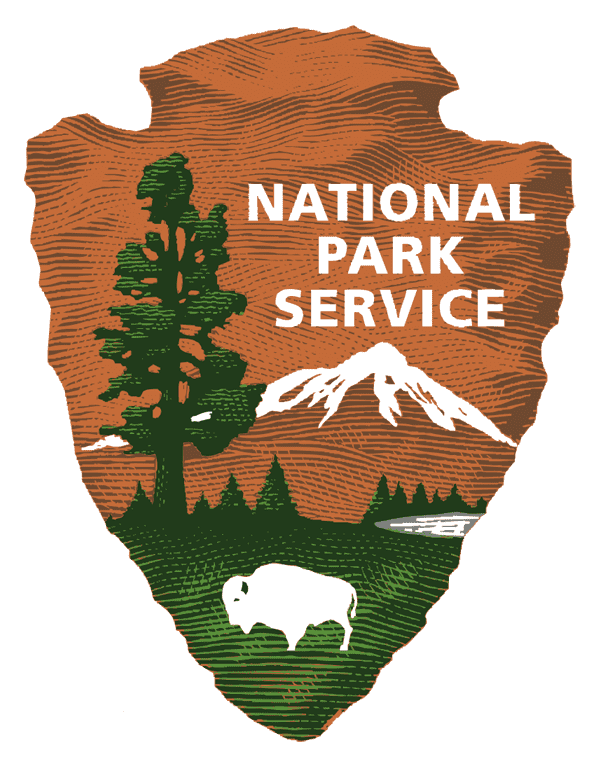The Fort Monroe Visitor & Education Center is a collaboration between the Fort Monroe Authority, the National Park Service and City of Hampton. The Visitor Center is designed to welcome and orient visitors to Fort Monroe and the local community as well as provide interpretive exhibits, research, and archival resources. The 16,000-square foot building is the outcome of Fort Monroe’s preservation and adaptive reuse of the Coast Artillery Library that originally opened in 1909.
- Commissioned as a Legacy Project for the 2019 Commemoration of the 400th Anniversary of the landing of the first enslaved Africans in English North America.
- Illustrates the impact made by the intersection of three cultures – American Indian, African, and European.
- Highlights the role of Fort Monroe as a refuge for Contraband during the Civil War.
Change in Cultural Landscape Gallery
Following the history of the area up to the construction of the fort, this gallery features information on the Chesapeake Bay, the American Indians, the English settlers, and the landing of the first Africans at Point Comfort. It provides details on how this location at the southern end of the bay has for centuries produced rich harvests both from the land and sea. The gallery tells the story of how the area produced a booming economy and evolved into a site of global trade.
What to Look For
- The Kecoughtan tribe – land and water, fishing and agriculture
- The 1612 map by Captain John Smith
- American Indians and the physical and cultural changes that took place with the arrival of Africans and Europeans
- Slavery and the 1619 arrival of Africans at Old Point Comfort
- Legislation that influenced daily life at Fort Monroe
- The role of the matriarch in African culture
Freedom’s Fortress Gallery
The exhibit explores the fort’s construction and the people who built this massive structure. The gallery then shifts to the fort’s most historically significant story – its role in the emancipation of slaves. Visitors will learn about the three enslaved men who braved the waters of the Chesapeake Bay in search of refuge at the fort, the thousands of slaves who followed in their footsteps, and how the efforts to educate them laid the foundation for what is now Hampton University. The exhibit approaches present day with profiles of key figures who played significant roles in the history of the university and the surrounding community.
What to Look For
- The construction of Fort Monroe – the largest stone fort in America – and the people who built it
- The Civil War period at Fort Monroe and the fort’s role as a place of refuge for Contraband
- The aftermath of the Civil War
- The American Missionary Association and the founding of Hampton University in 1868
- 19th-century biographies: Booker T. Washington, R. R. Moton, Mary Peake and more
- Current biographies of individuals and groups related to Fort Monroe and the Contraband Decision
Casemate Museum
After you experience all the Visitor and Education Center has to offer pick up a timed ticket and head over to the Casemate Museum to continue your Fort Monroe journey.

